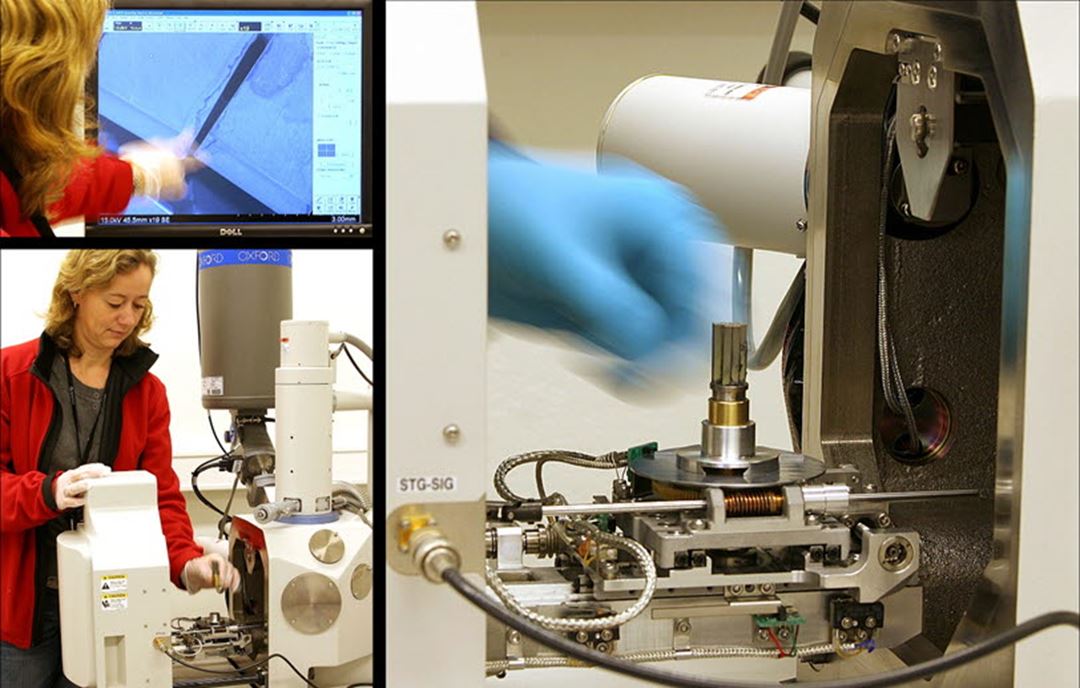
Many of the processes we use are chemical methods, primarily the preparation in solution e.g. sol-gel technique. Using such methods, one can create complex oxides with tailored particle shape and size.
SINTEF has comprehensive expertise and experience in the preparation of inorganic materials directly from solution by controlled precipitation, hydrothermal synthesis, various sol-gel methods and combustion reactions. These methods require post treatment and heat treatment to remove volatile components.
SINTEF has the equipment to synthesize particles in one-step using flame spray pyrolysis. Particles form directly from the precursor solution through combustion of the solvent. By using solvents as a precursor, we can create particles/agglomerates from 4-5 nanometres up to several micrometres. Another method is synthesis by arc discharge, which is suitable for the graphene and nanoparticles of metal that can be oxidized to the desired metal oxide.
If desired, SINTEF can granulate the particles to a requested size - larger than the actual synthesis can provide. We can also form the particles into the desired shape and dimension by using extrusion, tape casting, screen-printing and pressing. We have furnaces that can perform heat treatment up to 1800°C.
Some examples of materials SINTEF produce are oxides with perovskite and spinel structure, layered hydrotalcites, micro- and mesoporous catalysts and adsorbents like zeolites and metals / oxides on carrier / support material. We also have a large range of equipment for handling and characterization of powders and particles.

